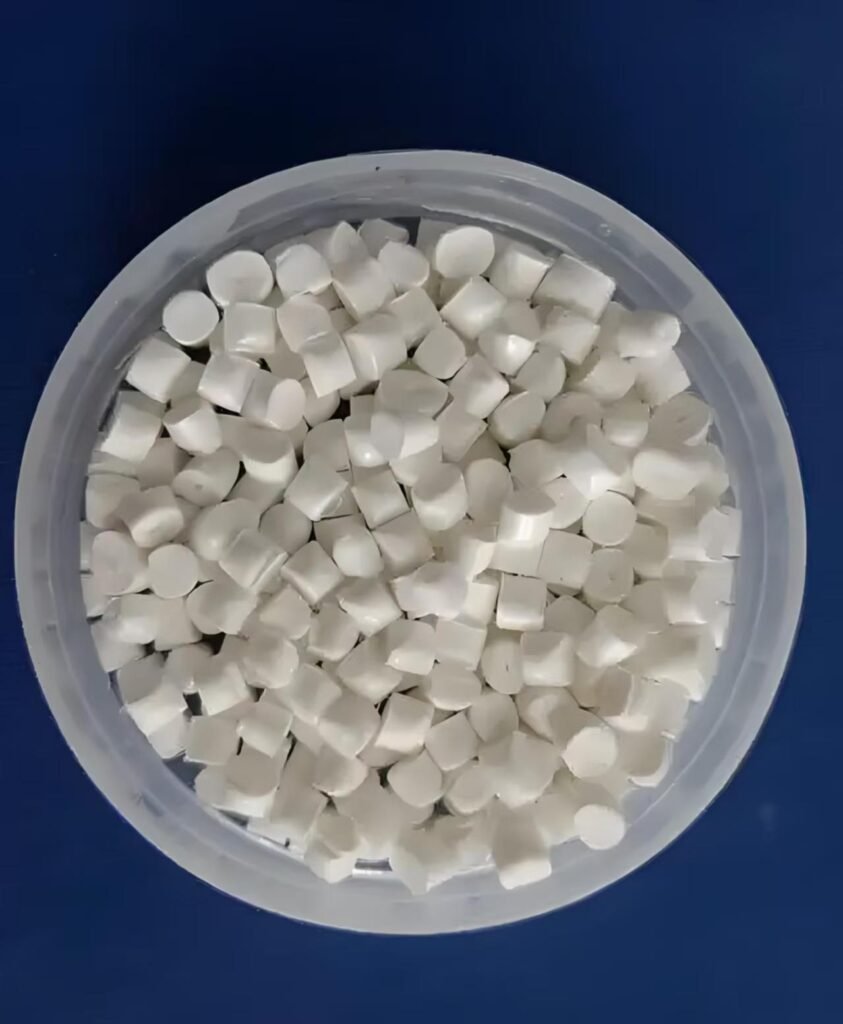The Turkish Ministry of Trade recently issued Announcement No. 2025/15, announcing that anti-dumping measures on polyester yarn originating from China, Indonesia, Malaysia and other five countries will expire on February 3, 2026. Stakeholders must submit a sunset review investigation application three months before the expiration date157.

This is the fourth time that Turkey has faced a policy adjustment window since it first imposed anti-dumping duties on Chinese polyester yarn in 2008 (currently at a rate of US$268/ton to US$351/ton)37. As the supplier of 70% of the world’s chemical fiber products, changes in Turkish market policies have affected thousands of cross-border companies.
1. Changes and impacts of Turkey’s anti-dumping policies
The Turkish Ministry of Trade made it clear in an announcement issued on July 16, 2025 that the current anti-dumping duties will end on February 3, 2026. Polyester yarn manufacturers with the product tax number 5402.33 involved in the case must submit review materials before November 3, 2025 to maintain the taxation15.
The anti-dumping measure began with an investigation in December 2007, and tariffs were first imposed on China, Indonesia and other countries at the end of 2008. After two extensions in 2014 and 2019, the most recent review confirmed in February 2021 that the original tariff rate of 37 would be maintained.
This expiration announcement provides a key time node for Chinese polyester yarn exporters:
If the domestic industry in Turkey does not apply for a review in time, the anti-dumping duty will automatically terminate
If a review is initiated, the company needs to prepare cost data and no evidence of dumping in advance
During the period of the tax rate, the export strategy needs to take into account compliance and cost optimization5
2. New European and American environmental protection regulations reshape the demand for packaging materials
Cross-border e-commerce is also facing the pressure of upgrading European and American environmental protection regulations:
The new EU packaging regulation (PPWR) will take effect in early 2025
It requires the packaging volume/weight to be minimized, and the void rate of logistics packaging shall not exceed 50% before 2030; restrict food contact packaging containing perfluoroalkyl substances (PFAS)2. Violating products will face the risk of market ban.
Germany’s disposable plastic law will be enforced in 2025
Requires manufacturers to complete registration with the German Federal Environment Agency (UBA) by the end of 2024 and submit the DIVID registration number to the e-commerce platform. Non-compliant products will be removed from the shelves4.
Environmentally friendly materials become a solution
Degradable materials such as PLA and PBAT are being used more rapidly in cross-border logistics, and platforms such as TikTok have promoted degradable express bags and bubble films10. Although the cost is 15%-30% higher than traditional plastics, it avoids policy risks and enhances brand image.

III. Industrial chain response strategies under tariff barriers
Global trade policy fluctuations force Chinese polyester companies to transform and upgrade:
Technology empowers production
Jiangsu Hongdou Group shortens delivery cycles by 30%6 through 5G smart factories, and Shandong companies use AI scheduling to reduce order response speed to 15 days. Improve efficiency on the production side to hedge tariff costs.
Supply chain resilience construction
Companies use the US-Mexico-Canada Agreement to bypass tariffs by deploying overseas warehouses in Mexico and Canada. Zhejiang Xinao Textile has established a cashmere industry chain springboard in Ningxia to radiate the Central Asian market.
Brand value upgrade
The online sales of Bosideng and the Palace Museum’s co-branded down jackets exceeded 500 million yuan6, verifying the brand premium’s ability to digest cost pressure. The clearance of low-end production capacity has driven the industry to transform to high value-added categories such as functional clothing.
IV. Market layout suggestions
Based on the cross-border market data in 2025, polyester products can focus on the following directions:
Key markets
Russia and Canada have stable demand for clothing; the Netherlands and Germany have outstanding demand for denim clothing; Brazil and Southeast Asia have strong purchases of electronic accessories (including polyester insulation materials)8.
Alternative category opportunities
The growth rate of the Middle East and Latin American markets reached 35%6, and the scale of aging-friendly functional fabrics (such as cool fibers) will reach 120 billion yuan. Environmentally friendly waterless dyeing technology can reduce costs by 5%-10%6, which is in line with the EU ESG trend.
Compliance priority strategy
Use TikTok’s “semi-hosting model” to achieve “one store selling globally” (Hubei cases have more than 10 million pieces shipped overseas each year), and support compliant products in combination with platform traffic.
Whether the anti-dumping measures in the Turkish market will continue will be clear before November 2025. However, environmental regulations in Europe and the United States have formed an irreversible trend – there are only 5 months left for the implementation of the German disposable plastic law, and the transition period for the new EU packaging void ratio regulations is less than 5 years.
Cross-border e-commerce companies need to run on two tracks: in the short term, keep an eye on the Turkish policy window to prepare materials, and in the medium and long term, incorporate degradable materials such as PLA and smart packaging design into the supply chain system.
The global trade network is being reconstructed, but the resilience of Made in China lies in: when the sensors in Xinjiang cotton fields are linked to the data of Guangdong 5G factories in real time, and when the Mexican overseas warehouse delivers environmentally friendly jackets produced in Zhejiang to American consumers, tariff barriers are being deeply disintegrated by technology, speed and industrial chain.
